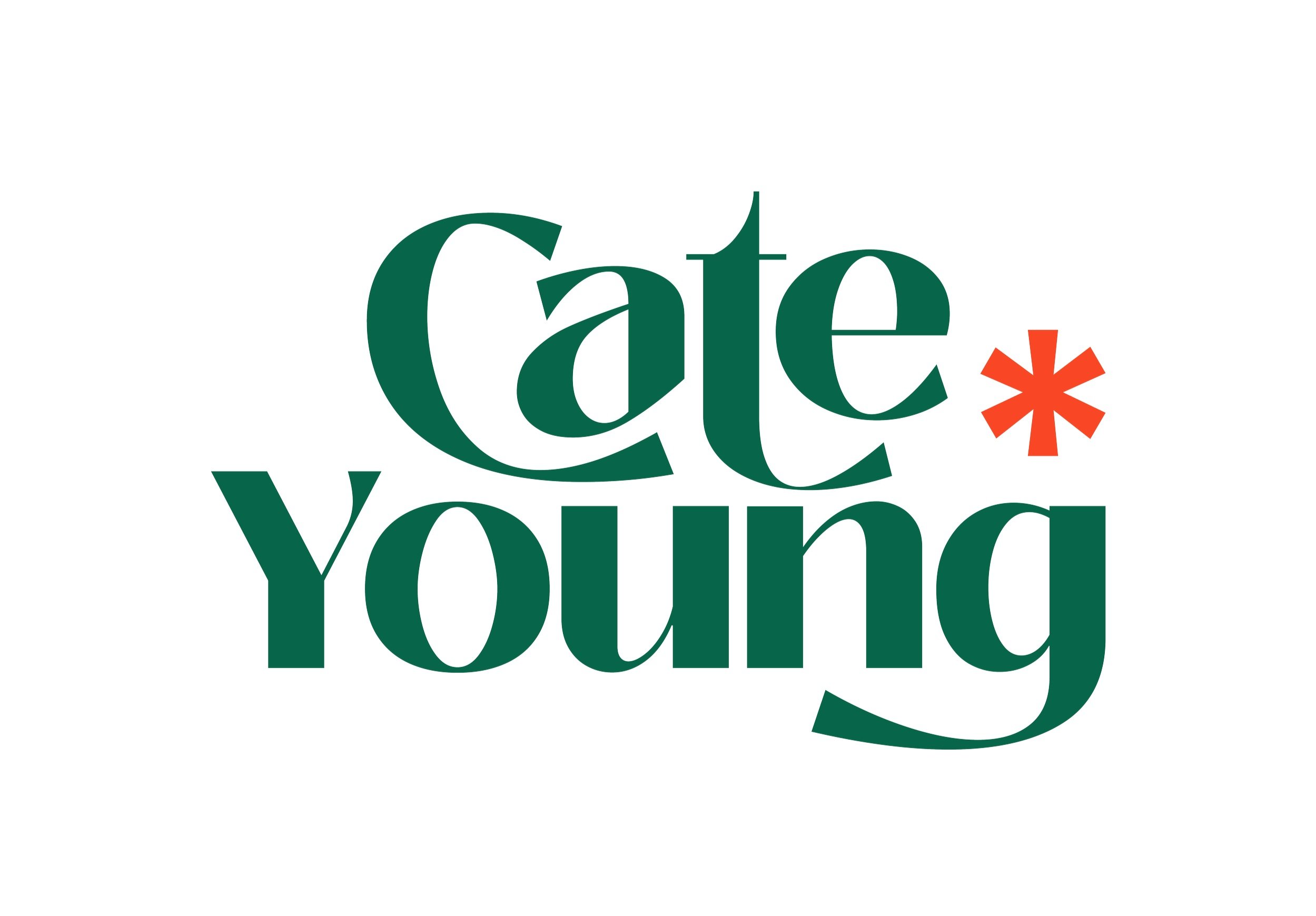Big Budget Films Shouldn’t Be A Rarity For Female Directors
With the release of Wonder Woman on June 1, 2017, Patty Jenkins joins a very exclusive club: female directors who’ve helmed films with budgets over $100M. Jenkins is only the sixth woman ever given the opportunity to flex her abilities on a big budget movie. If that doesn’t sound like very many, it’s because it isn’t. Female directors are such a rarity in Hollywood that the Equal Employment Opportunity Commission launched an investigation into its hiring practices earlier this year.
According to a 2017 study conducted at USC’s Annenberg School for Communications and Journalism, there were only 35 unique female directors in Hollywood between 2007 and 2016, a ratio that boils down to 23.8 male directors for every female director over 1,000 films. It’s a disparity that lays bare that sexism is still rampant in Hollywood: female directors are not being supported by studios despite their successes, and aren’t being given the chance to prove their potential at an institutional level.
The study also reveals some other depressing findings about the fate of women behind the camera: 80% female directors will only ever make one narrative film over the course of their careers. The numbers plummet even further for women of colour. To add insult to injury, opportunities to direct dry up for women as they age, while they remain steady for men well into their 50s and 60s. As the study’s authors put it, “The span of females’ careers is limited whereas for males it appears to be limitless.”
Many female directors note that they’re caught in an exhausting catch-22 that prevents them from getting their foot in the door; they need experience to get jobs, but they need jobs to get experience. It’s why when Ava DuVernay signed on to executive produce OWN’s Queen Sugar, she made a point to only hire female directors. She wanted to give female directors the experience they needed to get more work. In 2016, Jessica Jones showrunner Melissa Rosenberg announced they were following suit for similar reasons.
What all these figures reveal is that women’s perspectives aren’t valued in Hollywood. No matter how many Fifty Shades of Grey or Twilight films go on to rake in millions, there simply isn’t an investment in fostering the talent of female directors the way there is for male directors.
Director Josh Trank was given 2015’s Fantastic Four reboot with a budget of $120M after making just two other films. His most recent previous project, 2012’s well-received Chronicle had a budget of just $12M. On the other hand, it took director Gina Prince-Blythewood five years to make 2014’s Beyond The Lights despite the critical and commercial success of 2000’s Love and Basketball and her otherwise extensive resume.
For men, the jump to directing big-budget films is all but guaranteed, but for women it’s not as simple. The successes of female directors are seen as flukes, while the failures of male directors are seen as the “cost of doing business.” Because of this, the inequality behind the directing chair continues to reinforce itself, leaving women to compete for the few slots studio heads deign to assign to them.
Before Patty Jenkins, Kathryn Bigelow was the sole woman to occupy the $100M superlative (2002's K-19: The Widowmaker), and since then, Lana and Lilly Wachowski (2012’s Cloud Atlas and 2015’s Jupiter Ascending) Ava DuVernay (A Wrinkle In Time 2018), and Niki Caro (Mulan 2018) have joined them. Here’s hoping that in the years to come, female directors will finally start seeing some parity behind the camera.
